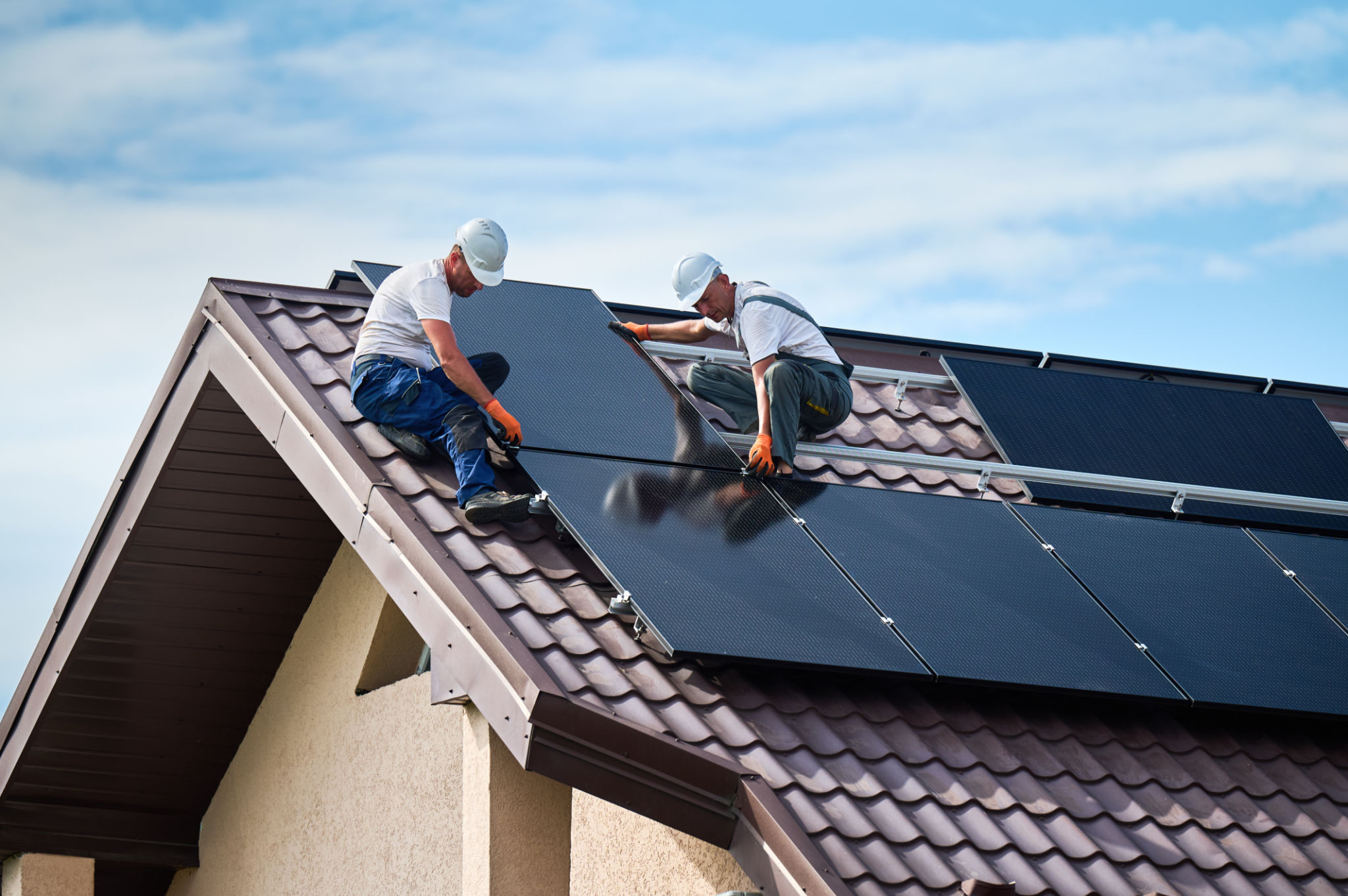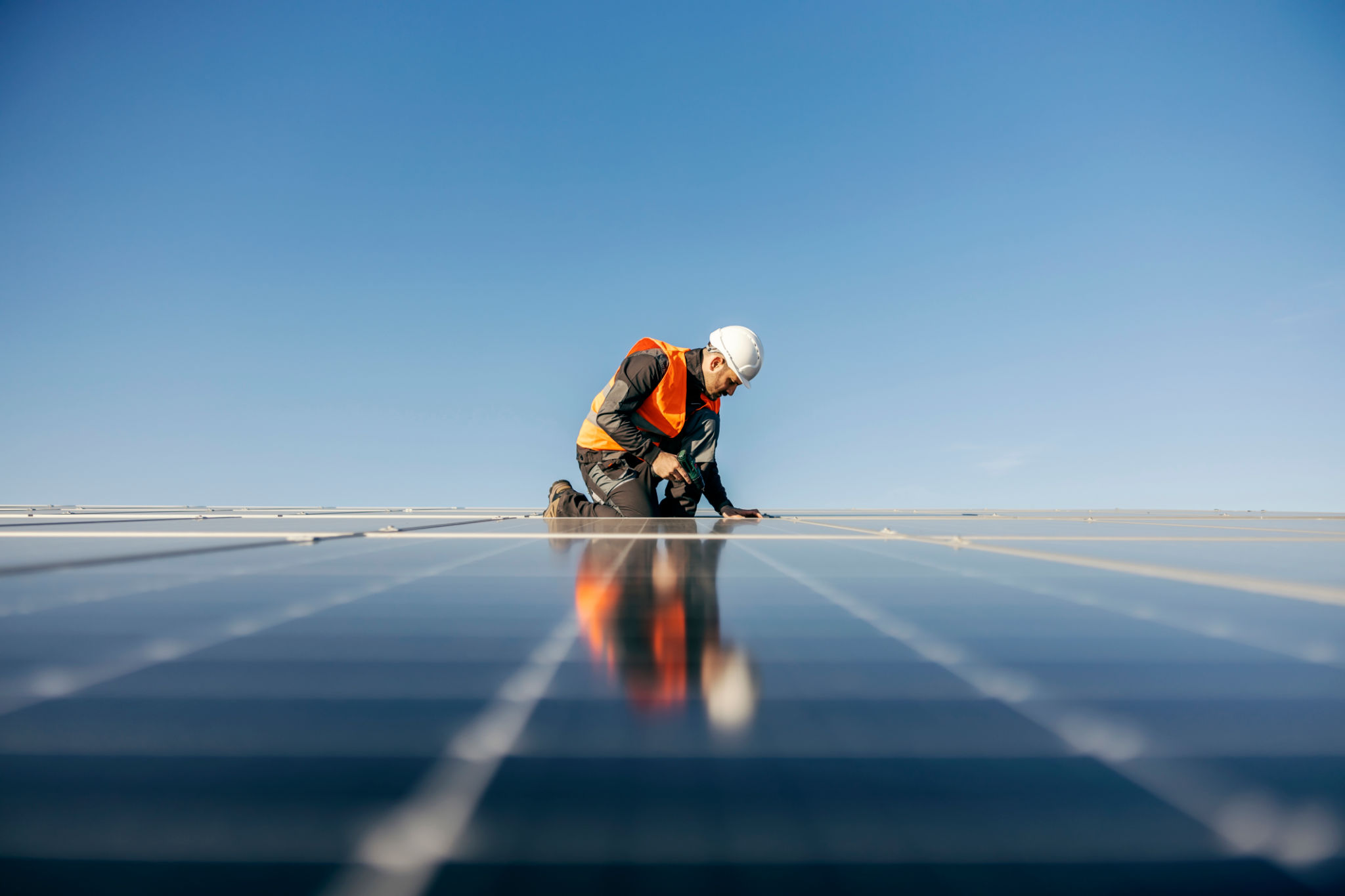DIY Solar Panel Troubleshooting: What You Can Fix Yourself
Understanding Your Solar Panel System
As the adoption of solar energy continues to rise, more homeowners are choosing to install DIY solar panel systems. While these systems are generally low-maintenance, they can sometimes experience issues that need troubleshooting. Knowing what you can fix yourself can save time and money. This guide will walk you through some common problems and solutions.

Inspecting the Solar Panels
The first step in troubleshooting is a visual inspection. Check for any obvious signs of damage such as cracks, chips, or dirt buildup on your panels. Dirty panels can significantly reduce efficiency, so cleaning them regularly is essential. Use a soft brush and soapy water to gently clean the surface.
Checking Connections and Wiring
Loose or corroded connections can affect the performance of your solar system. Inspect the wiring for any signs of wear and tear, such as frayed wires or loose connections. Tightening connections and replacing damaged wires can often resolve performance issues.

Evaluating the Inverter
The inverter is a critical component of your solar panel system, converting the direct current (DC) generated by your panels into alternating current (AC) used by your home. If your system isn't generating power, check the inverter's display for error codes or warning lights. Most issues can be resolved by resetting the inverter or consulting the manual for specific error codes.
Monitoring the Performance
Regularly monitoring the performance of your solar system can help identify potential issues early. Many systems come with monitoring software or apps that provide real-time data on energy production. Look for sudden drops in performance that could indicate a problem.

Dealing with Shading Issues
Shading from nearby trees or buildings can impact the efficiency of your solar panels. Trim back any foliage that may be casting shadows on your panels, especially during peak sunlight hours. If shading is unavoidable, consider installing microinverters or power optimizers to minimize the impact on energy production.
When to Call a Professional
While many solar panel issues can be resolved with a bit of DIY troubleshooting, some problems may require professional assistance. If you're experiencing persistent issues or suspect a more complex problem, such as inverter failure or electrical faults, it's best to consult a certified solar technician. Attempting repairs on your own could void warranties or cause further damage.
By understanding how to troubleshoot common solar panel issues, you can ensure that your system continues to operate efficiently and reliably. Regular maintenance and monitoring are key to maximizing the lifespan and performance of your investment in renewable energy.
